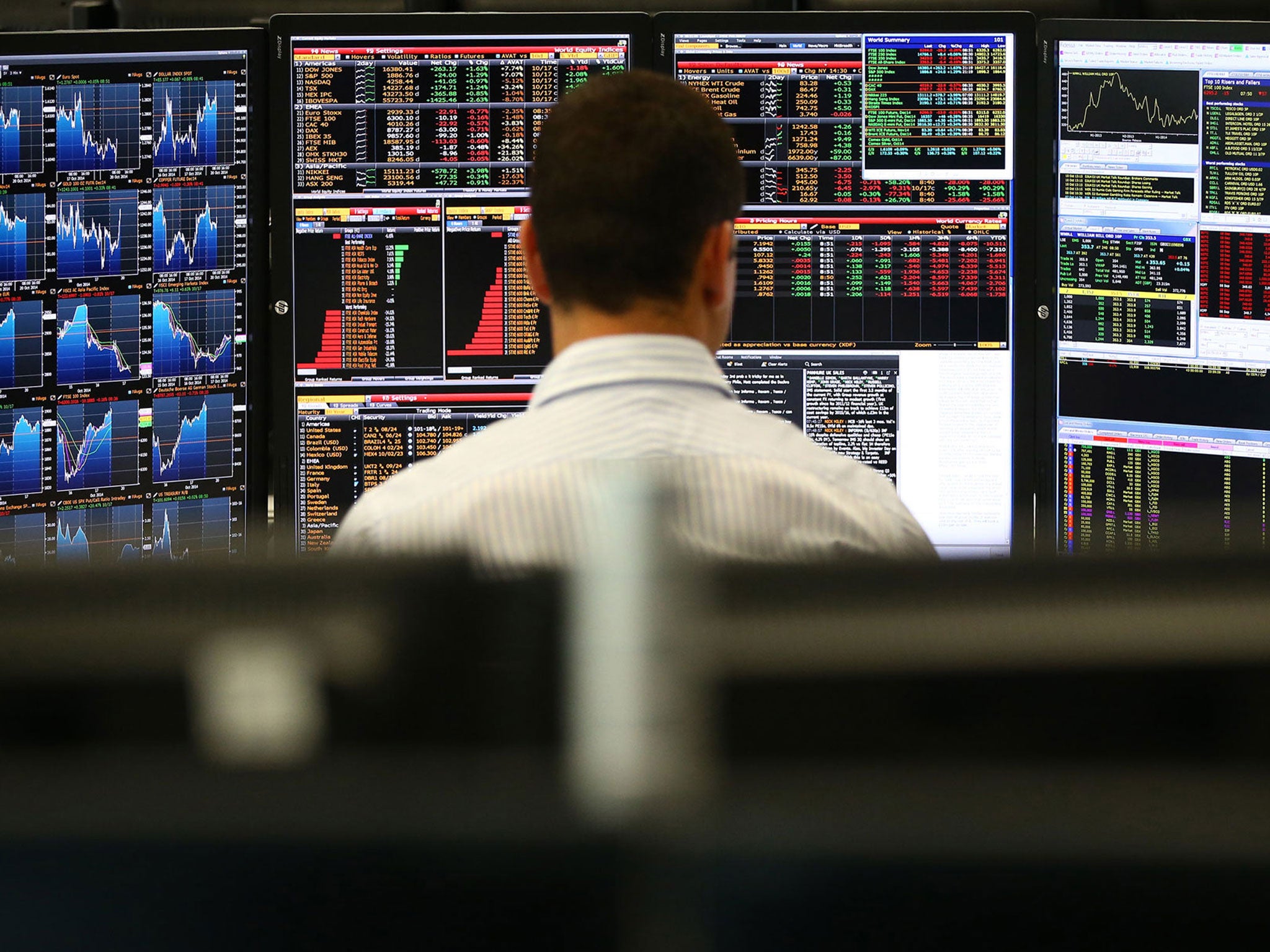Interest rates must go up some time - and it could be very soon
If the US takes the plunge on Thursday, the Old Lady of Threadneedle Street will not be far behind

There is one economic issue this week and one only. It is whether the Federal Reserve will increase US interest rates on Thursday. If it does, that would be the first upward move since June 2006, and a giant step along the path to normal interest rates, not just in the United States but elsewhere. It would signify the beginning of the end of ultra-cheap money.
We don’t know what the Fed’s Open Market Committee will do, nor indeed do its own members, and stuff may happen between now and then that shifts the decision. But for what it is worth, the betting in the markets is roughly evens that there will be some sort of increase, though maybe rates will be raised by less than the normal increment of 0.25 per cent.
The arguments in favour of an increase centre on the solid growth in the US economy and in the strong job creation. Unemployment is down to 5.1 per cent, the level deemed to be full employment in Fed calculations, and, while current inflation is held down by the fall in the oil price, there are concerns that the tightening labour market is starting to push up wage increases, leading to higher inflation next year. The arguments against an increase are mostly international: the sharp fall in activity in many emerging markets, the collapse in share values in China, and the consequences for markets in general. My own expectation is that the Fed will do something, but let’s wait and see.
Behind this decision, however, is an even bigger issue: is ultra-cheap money really necessary to maintain growth in the world economy, and might it even be becoming counter-productive? Hardly anyone doubted the need for a monetary stimulus to jack up the world economy after the crash of 2008-09. But it is much harder to justify it after several years of expansion, particularly given the impact that cheap money has had on asset values, such as housing in the UK.
The argument is rather similar to that over expansionary fiscal policy. In the extreme situation of six years ago, few people objected to a temporary rise in fiscal deficits – whatever views they took of fiscal policy in the previous years. But since then the narrowing of deficits in the US, here in the UK or, indeed, in Germany, does not seem to have damaged growth as much as pessimists had expected, and maybe not at all.
It would be nice to have evidence of what happens when interest rates are increased from near-zero levels so we could gauge what might happen in the months ahead. But we don’t, for the simple reason that rates have never been as low as they are now for such a long period. We are flying blind.
What we can observe, however, is that the country with longest experience of very low rates, Japan, has had 25 years of recession or minimal growth. There are other reasons for this, including demography, but the experience does at least show that ultra-cheap money does not of itself boost growth if the other conditions for growth are absent. Ultra-loose fiscal policy has not helped much either.
We can also see some of the disadvantages of cheap money. It has not led to a surge in current inflation, as many predicted, but it has led to asset inflation, which has increased wealth inequality just about everywhere. If asset values shoot up, the people who own the most assets gain at the expense of those who don’t, and you can make a good argument that wealth inequality is more socially divisive than income inequality.
There are other downsides to ultra-low interest rates, including the impact on availability of credit – yes, money is cheap but you can’t get it – and the impact on savers, at a time when there is an ageing population. We need people to save for their old age but we punish them when they do. Further, the more sophisticated the savers, the better they can get round low rates; it is the unsophisticated (and probably poorest) who are hardest hit.
However, listing the disadvantages of cheap money does not answer the question: what happens when it ends? Until recently, the prevailing view among central bankers and economists was that we should be very concerned. Highly indebted societies could not stand a sharp increase in interest rates. If taken to extremes, of course, that must be true. If mortgage rates went to, say, 7 per cent, there would be a lot of people who would lose their homes. But in recent months the view seems to have shifted a bit, to a position that a modest increase in rates might actually boost confidence. Everyone knows rates must rise some time, and can anticipate that by, for example, getting a fix on their mortgage. For the Fed to move this week would end an uncertainty, which would be positive, and might reduce the need for sharper increases next year. If they do, stand by for us to follow.
Subscribe to Independent Premium to bookmark this article
Want to bookmark your favourite articles and stories to read or reference later? Start your Independent Premium subscription today.

Join our commenting forum
Join thought-provoking conversations, follow other Independent readers and see their replies